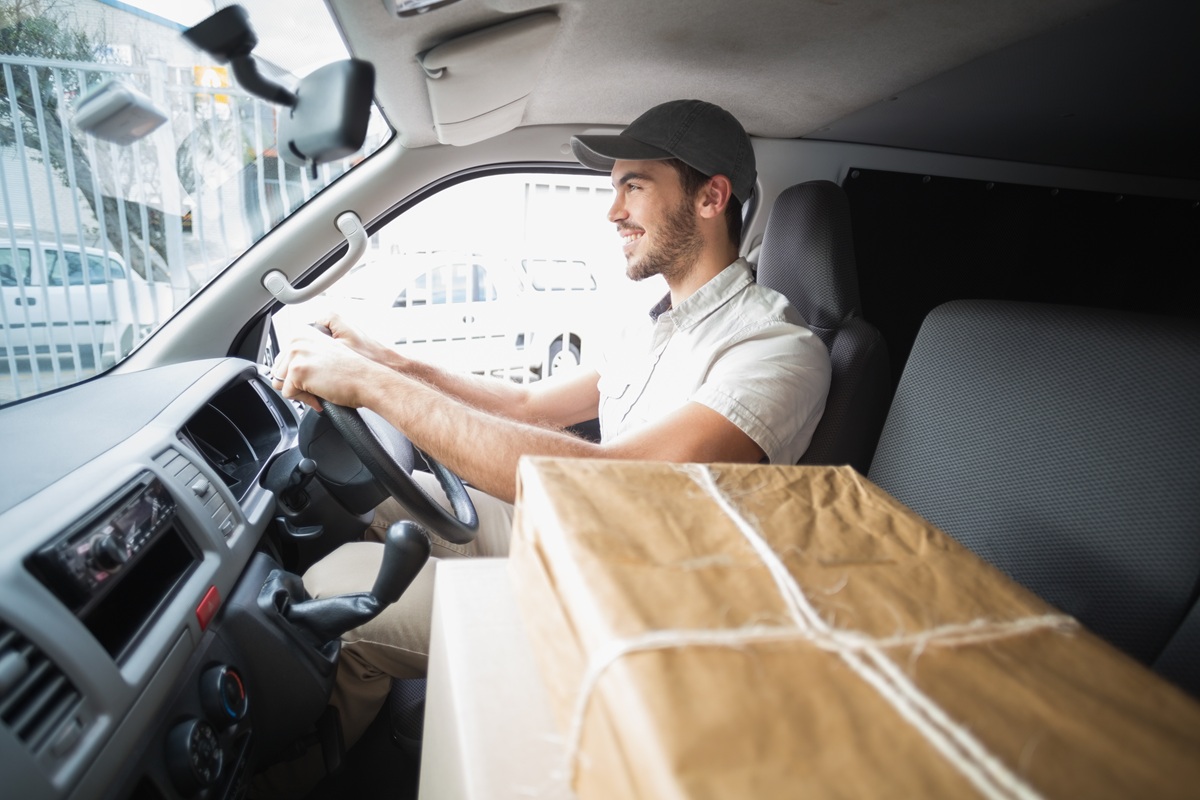Over 15 million parcels are delivered across Australia every single day. With such a large volume comes a higher risk of something going wrong, which can quickly lead to frustrated customers, disputes over liability and unexpected costs.
That’s why, if you’re a courier, it’s vital to know where your responsibilities begin and end—and how to protect yourself when things go sideways. Today, we will break down who is responsible for goods damaged in transit, explain how you can protect yourself from risk, and explore the value of courier’s insurance.
Who is responsible for goods damaged in transit?
Figuring out who’s liable when goods are damaged in transit can be difficult. Here’s a breakdown of who’s usually responsible, with examples to guide you.
Couriers
Couriers aren’t usually responsible for damaged goods unless they cause the damage. For example, mishandling fragile items or causing delays that spoil perishable goods could make the courier liable.
To reduce these risks, couriers should handle goods carefully during loading and deliver packages on time. Paying attention to these details can help avoid liability for damage.
Senders
The sender is responsible for packing goods securely. If items are packed poorly and damaged during transit, the sender may be held liable.
Senders must follow packaging guidelines that suit the type of goods being transported, whether fragile, hazardous or bulky, to avoid damage during delivery. Proper packaging is key to ensuring the safety of goods in transit and preventing potential liability.
Recipients
While it’s less common, recipients can sometimes be held responsible if they mishandle goods after accepting the delivery. For example, if a recipient accepts a package and damages it by dropping it after receipt, they could be at fault.
That’s why it’s important to inspect items right away. If you spot any issues, report the damage immediately—don’t wait, especially if you plan to return the product.
What commonly causes damage in transit?
Even when you do everything right, goods can still get damaged on the road. Understanding the most common causes can help you take steps to reduce risk and protect your cargo.
- Accidents and rough handling: Collisions, sudden braking or careless loading and unloading can lead to crushed or broken items.
- Severe weather conditions: Rain, hail, humidity or extreme heat can wreak havoc on sensitive goods, especially electronics, perishable goods or moisture-sensitive items.
- Theft or vandalism: Unattended vehicles or unsecured drop-off points can become easy targets. Stolen or tampered goods can result in both financial and reputational damage.
- Improper or inadequate handling: If the sender doesn’t use the right materials or fails to cushion the goods properly, even a smooth delivery can result in damage.
How couriers can protect themselves from damaged goods claims
Even if you’re not at fault, damaged goods can quickly turn into a costly headache. The good news is that there are practical steps you can take to reduce your risk and protect yourself from liability.
Set clear expectations with contracts
Before you pick up a package, make sure your responsibilities are clearly outlined in writing. A clear contract should define who’s responsible for packaging, loading, delivery conditions, and what happens if goods are damaged. This clarity protects you in disputes and can save you from covering damages that aren’t your fault.
Practise careful handling
Most damage happens because of simple mistakes, such as dropping items, stacking them poorly or rushing through loading. Always handle packages with care. Secure loads properly. And double-check that everything is stowed safely before hitting the road. A little extra time upfront can prevent major issues later.
Document the conditions before you drive
Take photos of the goods before loading, especially if they’re high-value, fragile, or already appear worn. It’s a great idea to use inspection forms as well. This documentation creates a paper trail that proves the condition of the goods before transit, which is incredibly useful if damage is discovered later.
The role of insurance in protecting couriers
Even with contracts, careful handling and documentation, things can still go wrong. That’s where insurance steps in as your financial safety net. Courier insurance helps protect you from the unexpected. Here’s how:
- Accidental damage: Whether it’s a minor traffic incident or a mishap during unloading, accidents happen. Courier insurance can cover the cost of repairing or replacing the goods. That means you won’t have to pay out of pocket or risk your reputation with the client.
- Theft or loss: If goods are stolen from your vehicle while in transit, or if a delivery goes missing, insurance can reimburse you for the value of the lost items. This helps you maintain trust with customers without absorbing the financial hit.
- Weather-related damage: Unexpected weather—rain soaking through packaging or heat spoiling perishable items, for instance—can destroy a delivery. Courier insurance can cover these types of weather-related losses, especially if you’re transporting sensitive or high-value goods.
- Third-party claims: If a client accuses you of damaging their goods and files a claim, insurance can help cover legal fees, investigations and any payouts you’re required to make. This protects both your finances and your professional standing.
Protect yourself from costly damage claims
Even when you do everything right, things can still go wrong. Having the right insurance means you won’t have to shoulder the financial fallout on your own.
At GSK Insurance Brokers, we understand the risks couriers face on the road every day. That’s why we offer tailored courier insurance to help cover damage, theft, weather-related loss and third-party claims, allowing you to focus on the job, not the what-ifs.
Talk to our expert team today for a free, no-obligation quote and find the cover that’s right for your needs.


